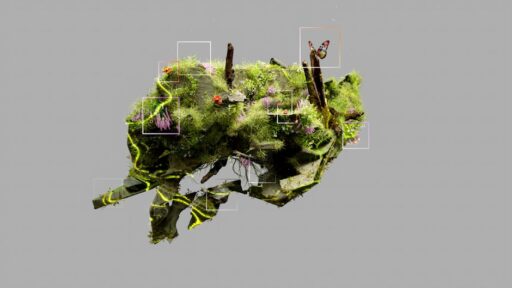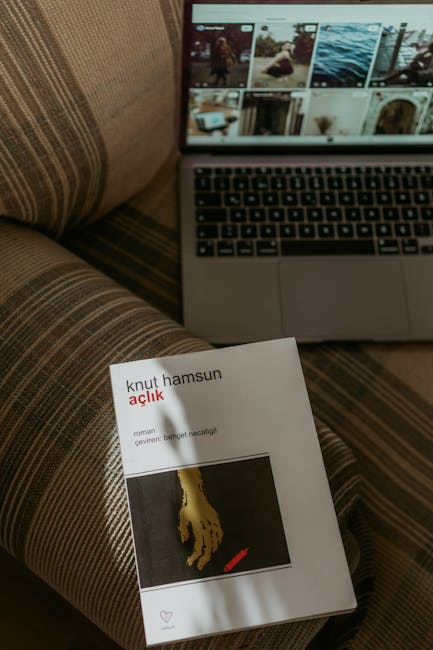SoftBank OpenAI Joint Venture: Inside SB OAI Japan Deal
SoftBank and OpenAI have launched a 50-50 joint venture in Japan—SB OAI Japan—to package and sell localized enterprise AI solutions branded as “Crystal intelligence.” This collaboration represents a broader pattern in which investors and platform providers build localized infrastructure and commercial channels for advanced AI, often redeploying those capabilities internally before offering them to external customers.
What is SB OAI Japan and “Crystal intelligence”?
SB OAI Japan is a strategic joint venture that combines OpenAI’s enterprise-grade models with SoftBank’s local market expertise, implementation services, and customer relationships. The product suite, marketed as “Crystal intelligence,” is described as a packaged enterprise AI solution focused on improving management efficiency and operational productivity for Japanese firms.
Key elements of the offering include:
- Localized deployment and support tailored to Japanese regulatory and language requirements.
- Integration with corporate workflows for management and operations.
- Custom instances and model adaptations to align with company policies and data residency needs.
Why is SoftBank the joint venture’s first customer?
It’s increasingly common for conglomerates that invest in AI to adopt their partners’ tech internally first. SoftBank plans to use SB OAI Japan solutions across its businesses to:
- Validate effectiveness in real-world operations and product development.
- Refine deployment workflows, security controls, and localization strategies.
- Scale learnings and packaged offerings to external customers through the joint venture.
SoftBank has reported widespread internal use of AI, including millions of custom instances created for employees. Acting as both investor and primary pilot customer accelerates feedback loops and helps the joint venture iterate faster on enterprise requirements.
How does this fit into broader AI infrastructure and market trends?
SB OAI Japan sits at the intersection of three industry trends:
- Massive investment in AI infrastructure and data centers to meet compute and latency needs.
- Localization of enterprise AI for language, compliance, and cultural fit.
- Verticalization of AI—packaged solutions targeted at specific corporate functions and industries.
These themes echo larger developments such as the global race to build AI capacity and vendor strategies to lock in enterprise customers through pre-integrated solutions. For background on infrastructure investments and the race to scale compute, see our coverage of The Race to Build AI Infrastructure.
What are the benefits for Japanese businesses?
Localized enterprise offerings like Crystal intelligence could offer several concrete advantages:
- Faster time-to-deploy with pre-integrated services and local support.
- Compliance and data residency controls tailored to Japan’s legal and corporate norms.
- Language-optimized models and fine-tuning for Japanese corporate data and terminologies.
- Access to best-in-class models without full in-house model engineering and operations.
For companies that lack large AI teams, joint-venture solutions reduce the integration burden and provide an on-ramp to modern AI capabilities. That said, the trade-offs between convenience and control still matter, and organizations should evaluate governance, vendor lock-in, and long-term data strategy.
What are the main risks and criticisms?
While these partnerships accelerate adoption, they raise several concerns:
- Vendor dependence: Heavy reliance on packaged solutions can limit flexibility and increase switching costs.
- Data governance: Enterprise data used to fine-tune models must be protected with robust residency, consent, and retention policies.
- Hype-driven investment: Rapid capital flows into AI ventures can create inflated expectations and unsustainable business models—echoes of prior tech cycles warrant careful financial discipline.
- Transparency and auditability: Enterprises will demand explainability and audit trails for model-driven decisions, particularly in regulated sectors.
Decision-makers should weigh the operational benefits against these strategic risks and ensure procurement, legal, and security teams are aligned before large-scale adoption.
How should enterprises evaluate a joint-venture AI offering?
When assessing offerings like Crystal intelligence, enterprise buyers should adopt a checklist-driven approach that includes technical, operational, and legal criteria:
- Technical fit: model performance on domain-specific tasks and latency/throughput requirements.
- Data controls: in-country hosting, encryption, and access controls for training and inference data.
- Integration: APIs, connectors, and ease of embedding into existing systems.
- Governance: auditability, logging, and model explainability features.
- Commercial terms: SLAs, pricing, updates, and exit provisions to avoid lock-in.
These checkpoints will help procurement teams compare packaged solutions against build-or-buy alternatives. For context on enterprise AI economics and revenue implications for major AI providers, read our analysis of OpenAI Revenue Outlook.
Is this repetition of past tech bubbles or a strategic evolution?
Comparisons to earlier booms are natural: emerging platforms often attract massive capital, produce rapid adoption, and create winners and losers. However, there are important differences:
- AI requires sustained capital for compute, talent, and data pipelines—this dynamic favors players that can combine scale with enterprise distribution.
- Localization and compliance requirements create real engineering work beyond speculative product launches.
- Enterprises are more conservative buyers than consumers; long sales cycles and rigorous risk management temper pure hype.
That said, the market will sort winners from overextended ventures. Companies that deliver measurable ROI and stable governance will find durable demand. Those pursuing aggressive valuation-driven expansion without product-market fit risk correction.
How will this affect AI infrastructure and investment in Japan?
Joint ventures that combine global model providers and local operators can accelerate infrastructure investment in-country—data centers, networking, and operational teams. Increased local demand may incentivize further strategic investments and partnerships across cloud, telco, and hardware providers.
Enterprises and policymakers should monitor how investments balance capacity growth with energy efficiency, regulatory compliance, and responsible AI practices. For a broader view of how corporate and government investments are reshaping AI infrastructure, see our coverage of large strategic investments and regional impacts in related posts such as Nvidia’s Strategic Investments Fueling the AI Revolution.
FAQ: What should Japanese companies ask SB OAI Japan before adopting Crystal intelligence?
1. Where will our data be stored and processed? Confirm in-country hosting options, encryption standards, and whether data will be used for model training.
2. How customizable is the solution? Ask about fine-tuning, domain adaptation, and the ability to incorporate proprietary ontologies and workflows.
3. What governance, audit, and compliance features are included? Look for logging, explainability tools, and audit trails that meet your industry requirements.
4. What are the SLAs and exit terms? Ensure clear service-level agreements, transparent pricing, and reasonable data export and termination provisions to avoid vendor lock-in.
5. How will the joint venture support change management? Evaluate training, integration support, and ongoing operations assistance to ensure successful rollout.
Practical adoption roadmap for enterprises
Adopting a packaged enterprise AI offering can follow a phased approach:
- Pilot: Start with a well-scoped pilot that targets a measurable business KPI (e.g., process time reduction or improved accuracy).
- Validate: Evaluate model outputs, security posture, and integration points. Use internal pilot customers where possible.
- Scale: Expand to additional business units once governance and performance are proven.
- Govern: Implement continuous monitoring, retraining schedules, and policy controls aligned with corporate risk frameworks.
This pragmatic sequence reduces risk and produces defensible ROI before broad deployment.
Conclusion: A tactical partnership with strategic implications
The SoftBank-OpenAI joint venture in Japan illustrates a maturing pattern across the AI ecosystem: platform providers pairing with local operators to deliver packaged, localized enterprise solutions. The model can accelerate adoption, reduce integration complexity, and provide faster value to customers. But it also amplifies long-standing concerns about vendor dependence, governance, and the sustainability of hype-driven spending.
Enterprises should approach these offerings with a structured evaluation framework, pilot-driven validation, and a clear governance posture. When managed carefully, joint-venture solutions like SB OAI Japan’s Crystal intelligence can be powerful accelerants for digital transformation in Japan. When adopted without scrutiny, they can reinforce lock-in and expose organizations to hidden risks.
Next steps for business leaders
If your organization is considering a partnership with SB OAI Japan or similar vendors, start with a small, measurable pilot; clarify data residency and governance; and align procurement, legal, and IT teams on exit and audit terms. Thoughtful adoption will deliver the benefits of enterprise AI while managing the inevitable trade-offs.
Ready to evaluate enterprise AI options for your company? Contact your internal AI strategy team or reach out to trusted implementation partners to start a pilot and protect your data while unlocking AI-driven productivity.






